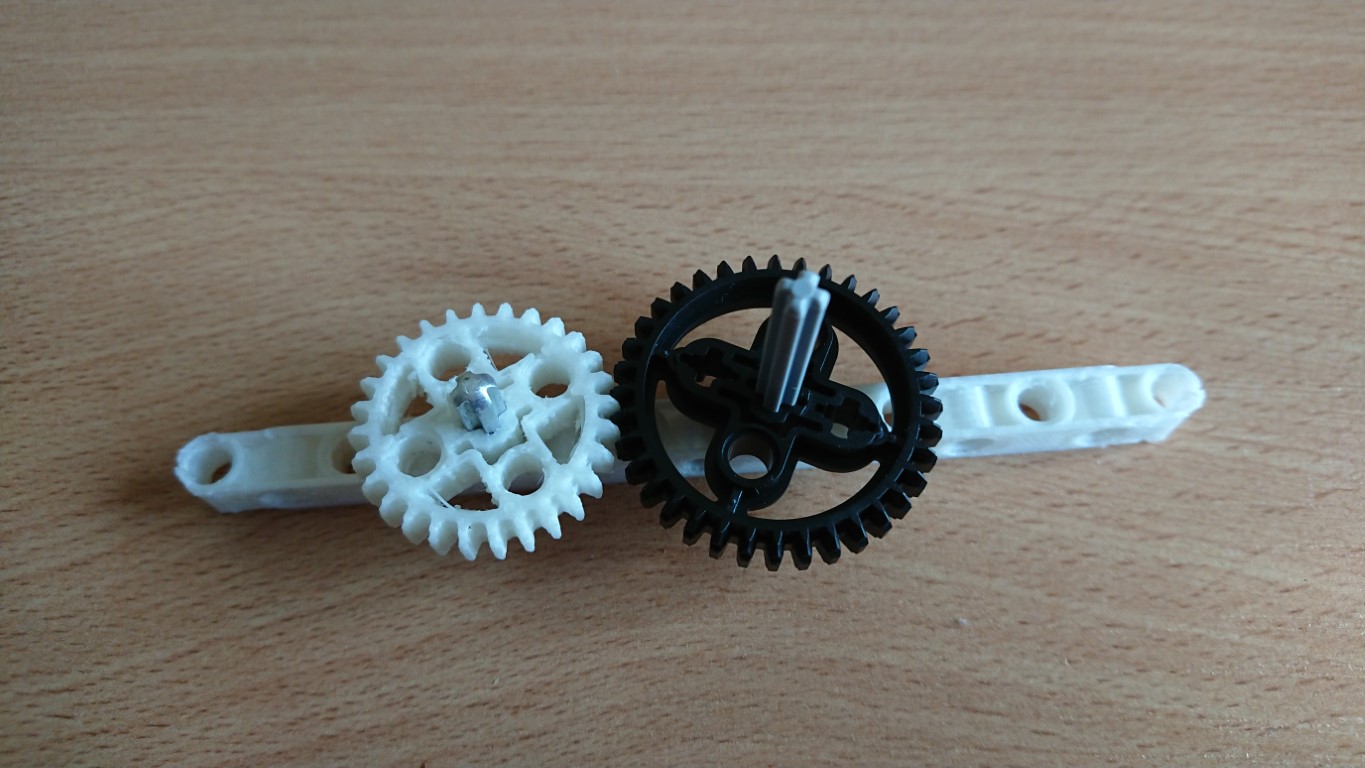If a gear was intended to smoothly mesh with standard LEGO gears, how should it be defined?
While I know that the mean diameter (average of inner and outer diameters) of a LEGO gear should be 1mm/tooth, but are there any specifications anywhere that describe the profile of a tooth so that I can get its shape correct when designing a gear intended to mesh with LEGO?
I know that others have asked about the module of a LEGO gear and I've seen the web page that describes how to make one with Solidworks, but I am not using Solidworks to create my gears, and I do not have the benefit of a gear wizard that can compute the shape of the gear from the teeth count and module. I therefore need to know how to actually define the profile of the gear using either primitive shapes or splines, and for that I will need to know dimensions, such as the length of the tooth from base to outer edge, the widths of a tooth at its base and its outer edge, as well as particulars for any splines or circles that may be needed to help construct the shape so that the gears will mesh smoothly.
